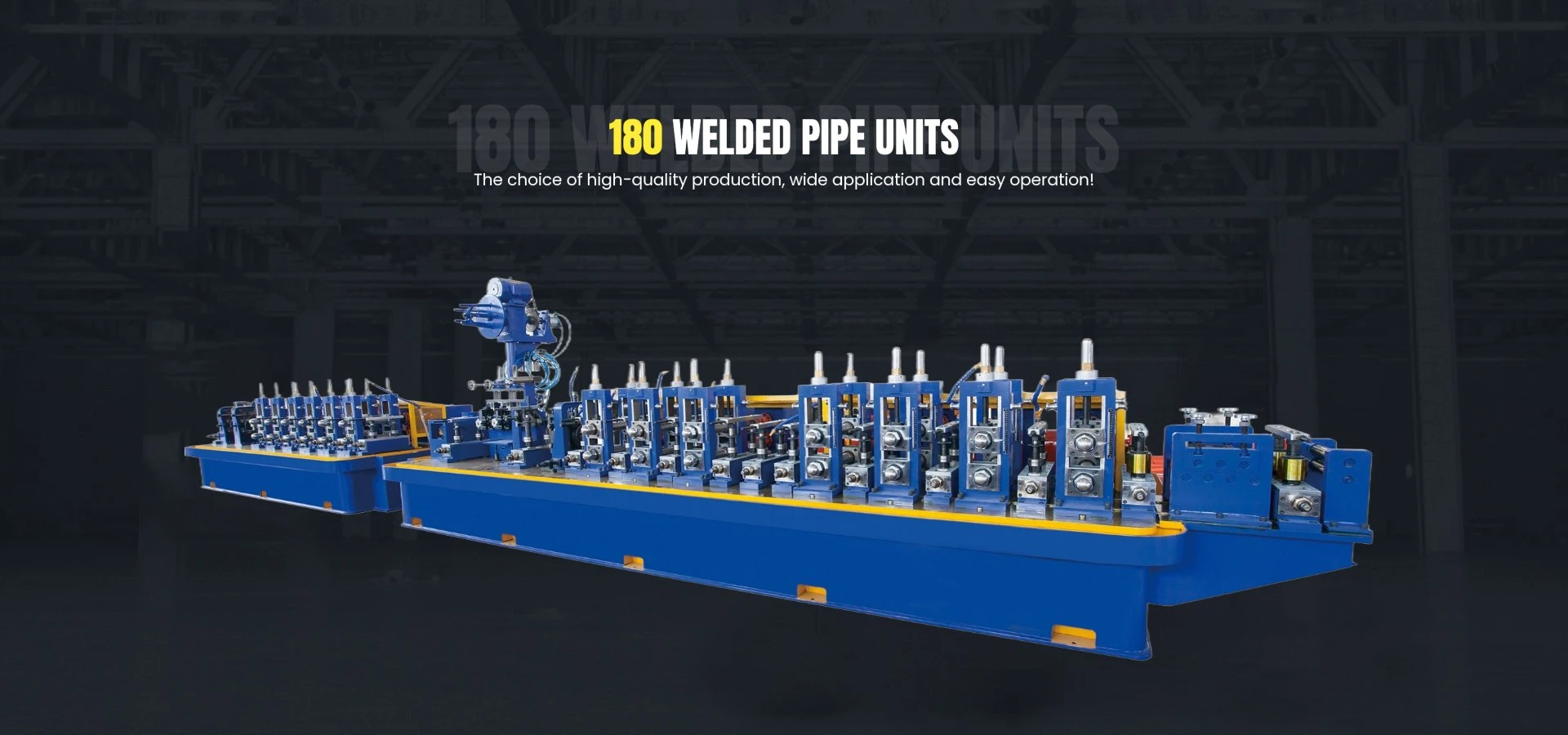steel pipe for gas line
Steel Pipe for Gas Line An Essential Component in Energy Infrastructure
Steel pipes play a crucial role in the transportation of natural gas, serving as the backbone of the energy infrastructure in many countries. The use of steel pipes in gas lines offers numerous advantages, making them the preferred choice for utilities and pipeline operators. This article explores the significance of steel pipes for gas lines, their properties, standards, manufacturing processes, and safety considerations.
Importance of Steel Pipes in Gas Transportation
Natural gas is a major energy source that powers homes, industries, and vehicles. To transport this energy efficiently from production sites to consumers, a reliable and durable conduit is essential. Steel pipes provide the strength and integrity needed to handle high pressures and harsh environmental conditions often encountered in gas distribution systems. With their ability to withstand extreme temperatures and resist corrosion, steel pipes ensure a safe and continuous supply of gas.
Properties of Steel Pipes
The primary characteristics that make steel pipes suitable for gas lines include high tensile strength, ductility, and resistance to failure under pressure. These properties are vital in preventing leaks and ruptures that could lead to safety hazards such as explosions or environmental contamination. Additionally, steel is recyclable, contributing to sustainable practices within the energy sector.
Standards and Specifications
The manufacturing and installation of steel pipes for gas lines are governed by rigorous standards set by organizations such as the American Society for Testing and Materials (ASTM) and the American National Standards Institute (ANSI). The pipes are categorized by their specifications, including wall thickness, diameter, and material grade. Common standards, such as ASTM A53 and ASTM A106, outline the requirements for carbon steel pipes used in gas applications. Compliance with these standards ensures that the pipes can withstand the operational pressures and conditions they will face in the field.
steel pipe for gas line

Manufacturing Processes
Steel pipes are typically produced through seamless or welded manufacturing processes. Seamless steel pipes are made by extruding a solid cylinder of steel to create a hollow tube, which allows for a uniform structure and greater strength. In contrast, welded steel pipes are formed by rolling metal sheets and joining the edges with a weld. Each method has its advantages, and the choice depends on the specific application and project requirements.
After production, the pipes undergo rigorous testing, including hydrostatic tests, to ensure their integrity and performance under pressure. Additional processes, such as coating and finishing, are applied to enhance corrosion resistance, particularly in outdoor installations.
Safety Considerations
Safety is paramount in the operation of gas pipelines. Regular inspections, maintenance, and adherence to safety protocols are essential for preventing leaks and accidents. Technologies such as smart pigging, which involves using robotic devices to inspect the interior of the pipelines, help detect potential weak points and ensure the long-term reliability of the gas transport system. Furthermore, training personnel to handle emergencies and developing contingency plans are critical components of a comprehensive safety strategy.
Conclusion
Steel pipes are indispensable in the transportation of natural gas, providing the strength, durability, and safety required for this critical infrastructure. Understanding the properties, manufacturing processes, and safety considerations associated with steel pipes for gas lines is fundamental for industry professionals and consumers alike. As the demand for natural gas continues to grow, the role of steel pipes in ensuring its safe and efficient delivery will remain a cornerstone of energy infrastructure worldwide. Through ongoing innovation and adherence to strict standards, the gas industry can continue to meet the energy needs of society while prioritizing safety and environmental stewardship.
-
High Frequency Straight Seam Welded Pipe Production Line-BzZhou Xinghua Machinery Equipment Manufacturing Co., LTD.|Precision Welding, High EfficiencyNewsJul.30,2025
-
High Frequency Straight Seam Welded Pipe Production Line|BzZhou Xinghua|Precision Welding&EfficiencyNewsJul.30,2025
-
High Frequency Straight Seam Welded Pipe Production Line - BzZhou Xinghua|Precision Engineering&EfficiencyNewsJul.30,2025
-
High-Frequency Straight Seam Welded Pipe Production Line-BzZhou Xinghua Machinery Equipment Manufacturing Co., LTD.NewsJul.30,2025
-
High-Frequency Straight Seam Welded Pipe Production Line-BzZhou Xinghua Machinery Equipment Manufacturing Co., LTD.|Precision Manufacturing, High EfficiencyNewsJul.30,2025
-
High Frequency Straight Seam Welded Pipe Production Line-BzZhou Xinghua Machinery Equipment Manufacturing Co., LTD.|Precision Steel Pipe Manufacturing&Industrial EfficiencyNewsJul.29,2025


